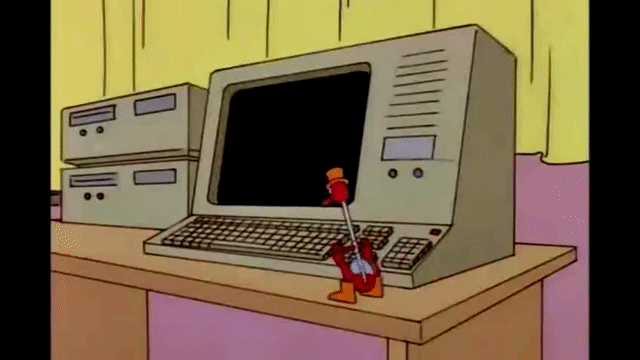Are you feeling lazier lately? You can’t go to the gym. You’re probably stuck at home. You might be sitting on your couch in your pyjamas writing an article about laziness.
And you could be feeling a bit guilty about it.
But what if a bit of laziness was a positive thing? What if laziness was a sign of intelligence or a driver of innovation?
Efficiency through laziness
You may have noticed that lazy people are good at figuring out the easiest and quickest way of doing something. In other words, lazy people are efficient and even innovative.
In 1947, American automobile executive Clarence Bleicher gave Congress a hot tip about laziness.
“When I have a tough job in the plant and can’t find an easy way to do it, I have a lazy man put on it. He’ll find an easy way to do it in 10 days. Then we adopt that method.”

The science of laziness
So what does the science say about laziness?
Associate Professor Todd McElroy from Greensboro College in the United States studies laziness through the lens of decision science and psychology.
In 2016 he led a study that investigated the relationship between physical activity and “need for cognition” (aka laziness).
It found that people with a higher need for cognition used their energy to problem solve mentally, rather than physical activity.
“What the data is showing us is that humans may possess a type of compensatory model,” Todd says.

“Different people may have relatively similar energy levels, but they actually spend this energy in fundamentally different ways.
“Some people may expend relatively more energy on physical activity, whereas other people may spend relatively more energy on intellectual energy.”
In other words, what we perceive as laziness may be people using their energy to think and innovate.
Todd says this makes sense given the energy our brains need.
“Don’t forget that the brain represents only about 2% of total body weight, yet it utilises 20 to 30% of the body’s total energy,” he says.

You snooze, you … win?
Preliminary findings from Todd’s current research project could debunk another laziness myth.
“When people are well rested, they actually have more overall physical activity than when they are sleep-deprived,” he says.
“This is a bit surprising, because when you think about it, sleep-deprived people have several more hours of awake time.
“However, the ‘good night’s rest’ seems to offset the additional wake time and yields greater overall physical activity.”
So if you’re feeling bad about having an afternoon nap, don’t be. It could help you become more efficient and innovative.









